Volvo has just lifted the veil on its new electric car, the Volvo EM90. This is a particular format, intended primarily for Asia, but which should arrive in Europe in the coming months. Goodbye SUVs, hello MPVs (monopasces)? Not really, and we’ll explain to you what’s wrong, in our opinion, with this new electric car.
With its new electric car called EM90, Volvo could almost make SUVs obsolete, even its new EX90 which is arriving in France. You just have to look at the photos of the interior to see it. Space, if you want, there you have it, and luxury, if you want, there you have it. All this with the Swedish touch specific to Volvo. We almost forget that Volvo is now a Sino-Swedish brand, fallen into the fold of the Chinese giant Geely, like Lotus. And yes, this Volvo EM90 will be produced in China… alongside its cousin, the Zeekr 009.
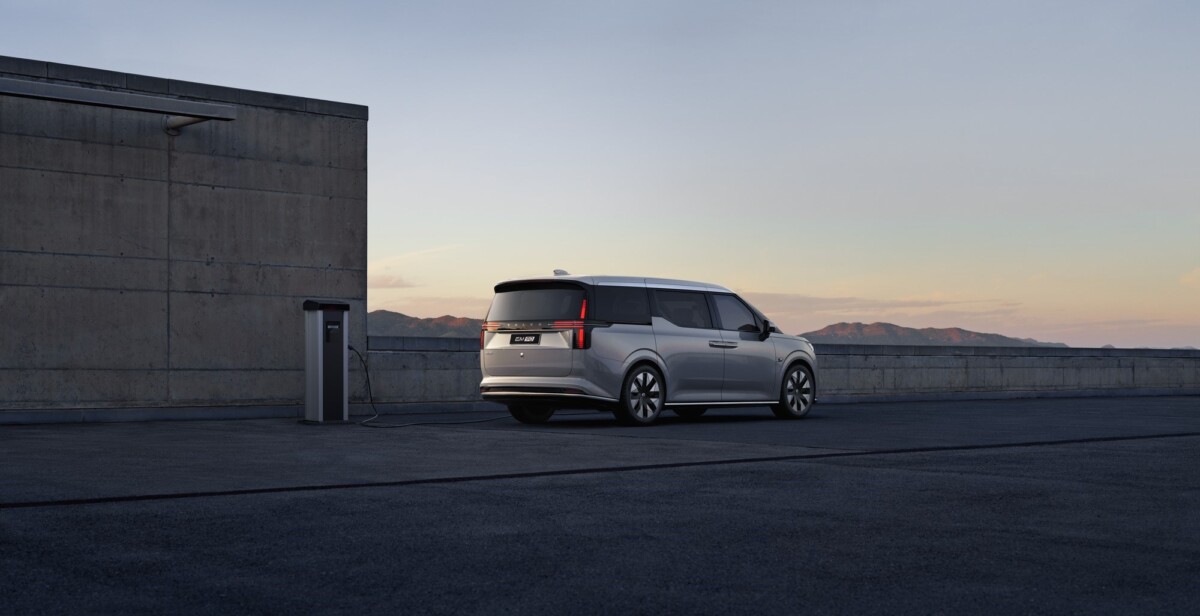
To develop its new electric car, Volvo did not need to start from a blank sheet. It simply took the technical basis and design of the Zeekr 009, which is based on the SEA platform common to all of the group’s electric cars. The Swedish manufacturer, however, thoroughly revised the front and rear of the car, to give the impression that it is less massive. But, in doing this, Volvo obviously had to make concessions. And there are many of them.
A huge battery and decent autonomy
Certainly, the base of the Zeekr 009 seems technically excellent. This is not a cheap Chinese electric car, far from it. But if you look at the battery life figures and the size of the battery, you realize that something is wrong. The Volvo EM90 integrates a (huge) battery with a capacity of 116 kWh for a range announced at 738 km on the Chinese CLTC cycle.
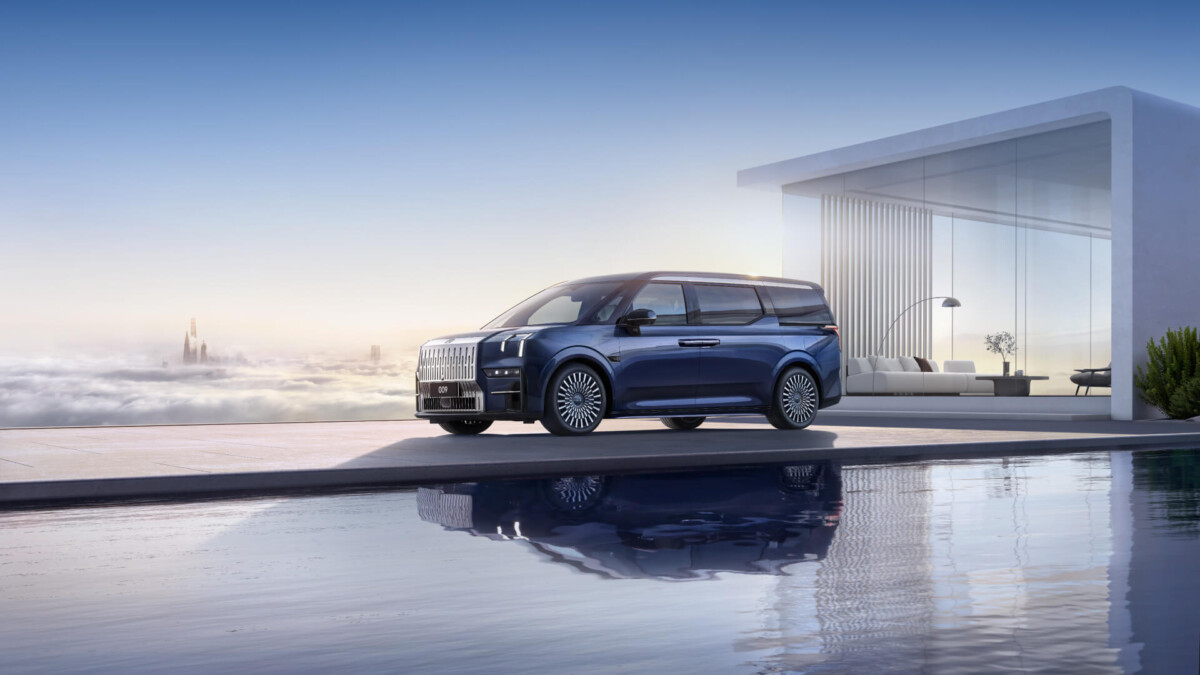
If the car one day arrives in Europe, on the WLTP cycle, we could instead count on around 650 km of autonomy. For comparison, the immense Tesla Model X and its 95 kWh battery can travel 625 km on a single charge. But the Volvo EX90, in SUV format like the American one, claims “only” 580 km of WLTP autonomy (or 650 km CLTC) with a larger battery (+ 17%) of 111 kWh.
We see here the need to work on aerodynamics. The Volvo EM90 appears to be about as efficient as its little brother, the EX90, despite being much higher in volume. It takes 5.2 meters in length, 2 meters in width and 1.8 meters in height! The trunk even increases from 310 to 342 liters between the two models in 7-seater mode. In summary, longer, wider, taller and more spacious than Volvo’s EX90 SUV, but with lower fuel consumption.
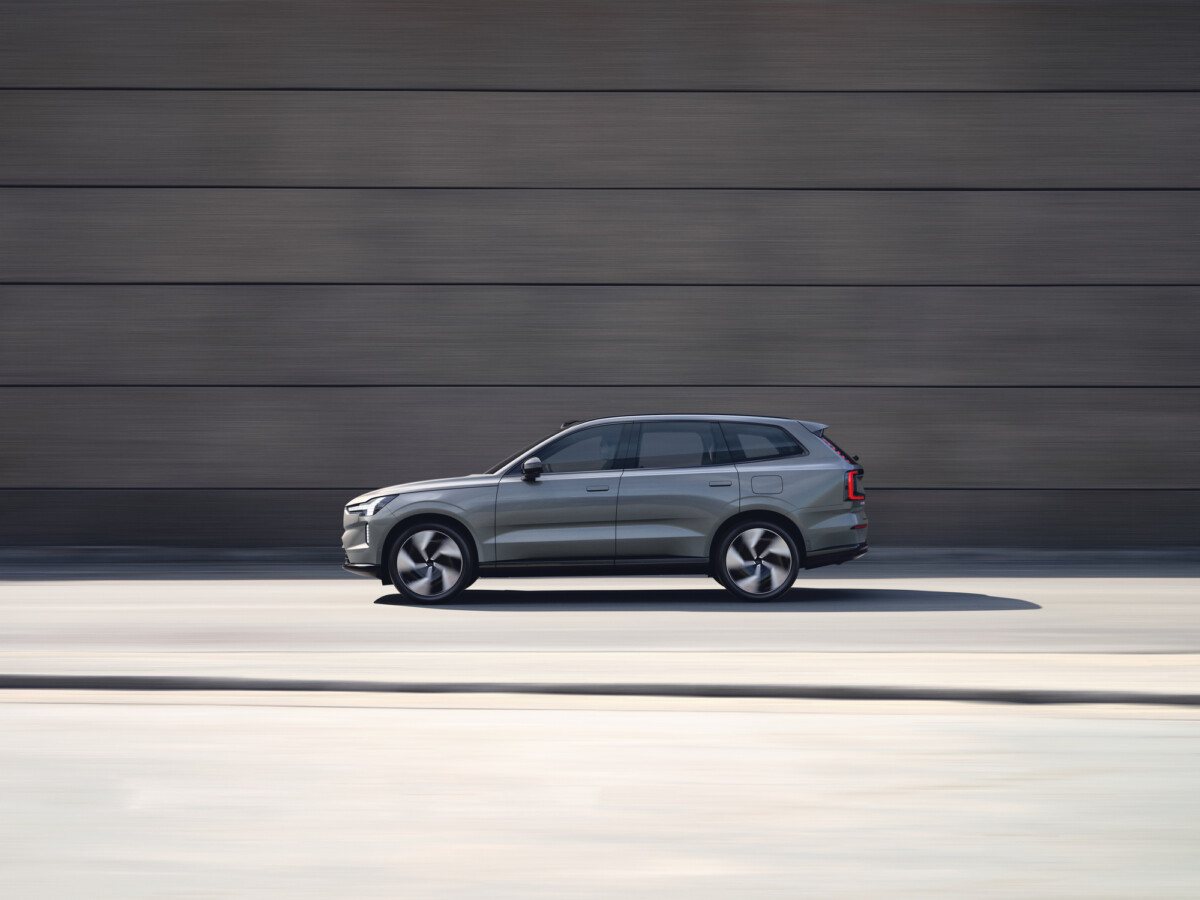
Too heavy and… too expensive?
However, it is not the weight of the EM90 that works in its favor. No, with 2,763 kg on the scale, it’s not a featherweight at all. In fact, it is almost the same weight as its little brother, the EX90 SUV, which varies between 2,637 and 2,811 kg depending on the version. What saves the EM90 is its relative aerodynamics.
But hasn’t Volvo overdone it? It must be said that customers will have phenomenal expectations with this new EM90. The starting price is announced at 818,000 yuan (around 105,000 euros), or 40% more than the Zeekr 009 on which it is based! But it doesn’t stop there. We had fun with the Chinese configurator. Fortunately, the only option that varies the price (by 20,000 yuan or around 2,500 euros) is the size of the rims.

Do you think that 105,000 euros is not too expensive for a luxury electric minivan? You have to keep in mind that this is a Chinese price, and that the price would have to be much higher if it were one day sold in Europe. The reasons are numerous and explained in this file that we have written on the subject.
A more upscale and more… Swedish car
It is clear that at this price, in China, Volvo is not going to sell pallets of EM90. With the Zeekr 009 in ambush, the task of the salespeople will be very difficult. But, it must be said that the Swedish manufacturer has modified quite a few things, notably the interface, the design and the materials used. Enough to give the impression to extremely wealthy Chinese customers that they are traveling with good Swedish taste, simpler and less flashy than the Zeekr. We imagine that the promotional video was made with this idea in mind.
But precisely, the interface of this new Volvo EM90 does not integrate Google Automotive (or, Android Automotive, if you prefer) which is one of our favorite interfaces, as in the Renault Mégane E-Tech, and which goes to delight the Volvo XC40 and EX30. We imagine that the car would have been very poorly received in China with a Google system. Instead, we find an interface surely borrowed from Geely’s Chinese electric cars, and improved with European flavor.
Performance… disappointing
Let’s briefly touch on the topic of performance. Volvo announces a 0 to 100 km/h achieved in 8.3 seconds with its single 200 kW (271 hp) engine. It may seem a little low for an electric car, when the Volvo EX90 can shorten the exercise to 4.9 seconds in its most powerful version. But, the Zeekr 009 is available in a two-motor version. We imagine that the Volvo EM90 will offer this option in the future, with 400 kW (536 hp) of power, and all-wheel drive, to go from 0 to 100 km/h in 4.5 seconds.
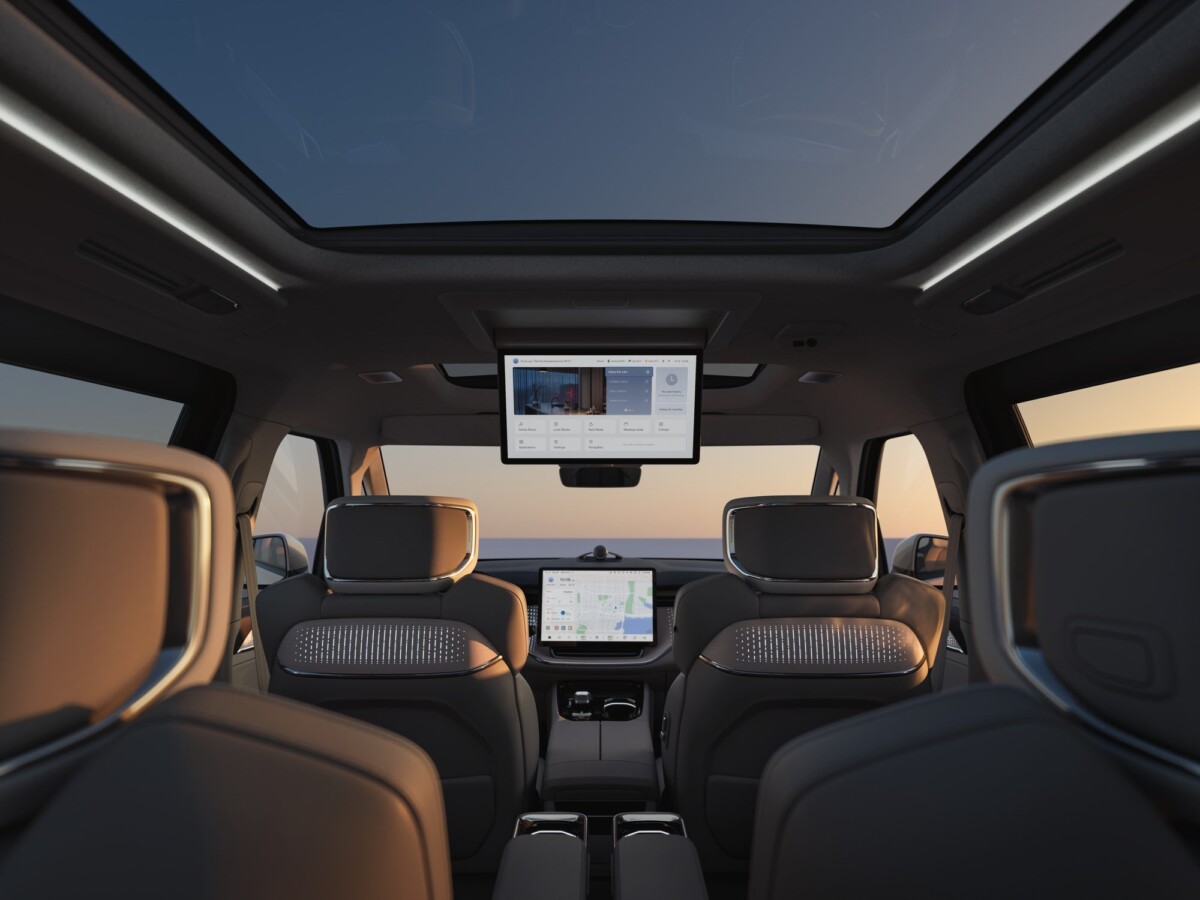
Ultimately, it is clear that Volvo will only sell a handful of this new EM90. But with a margin that seems enormous, it only takes a few sales to significantly increase the profits of the Sino-Swedish manufacturer. And above all, this flagship will place the Volvo brand on a pedestal in China. Enough to prepare the ground for the arrival of future models and a global trade policy and no longer just centered around Europe.
Why this choice ?
However, we would have liked Volvo to bring back a more affordable and down-to-earth electric car from Zeekr. We are thinking in particular of the Zeekr X, the small compact crossover which could be a hit in Europe.
And even if it meant making it a flagship, Volvo could have pushed the envelope even further and offered, as on the Zeekr 009, a battery option with a capacity of 140 kWh. Which would have made it possible to announce a range of around 820 km. But that’s not really the point of the story, which prefers smaller batteries, but which recharge very quickly.
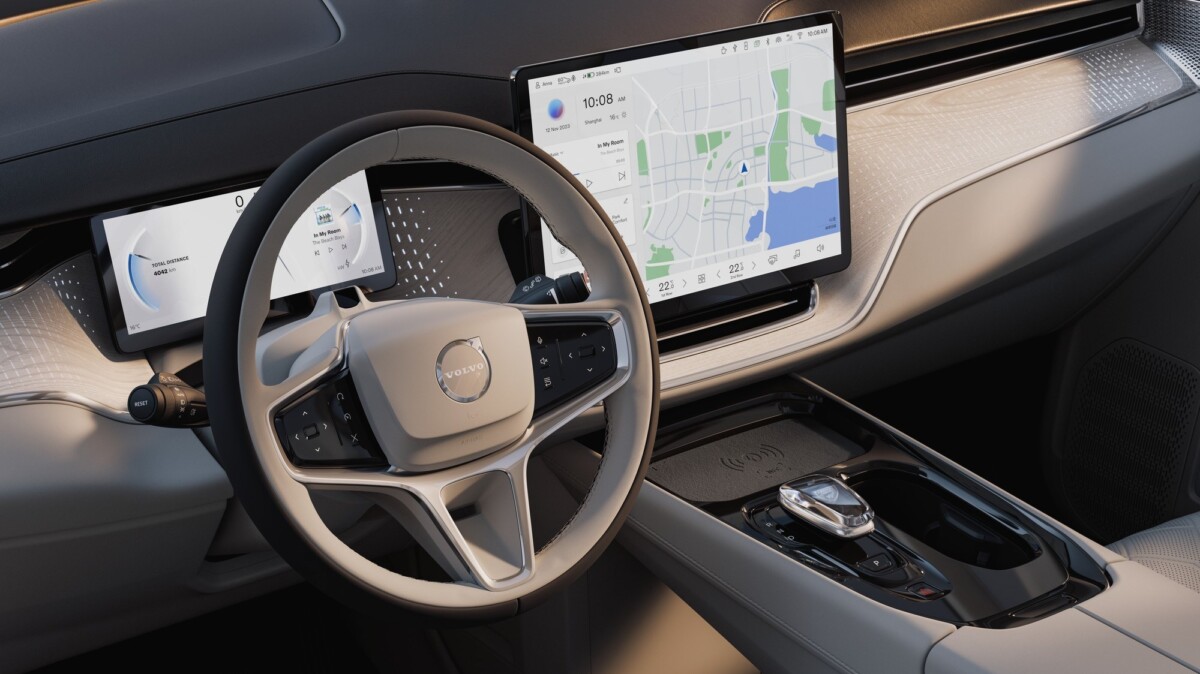
And in this little game, Volvo announces 28 minutes to go from 10 to 80% charge. This is correct, but local competitors do much better, like Li Auto with its Mega which only requires around 10 minutes for the same exercise. If you are still interested in this minivan (or rather MPV for multi-purpose-vehicleor multi-purpose vehicle), we leave you with a presentation video from a Chinese journalist.
